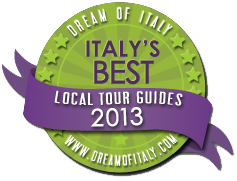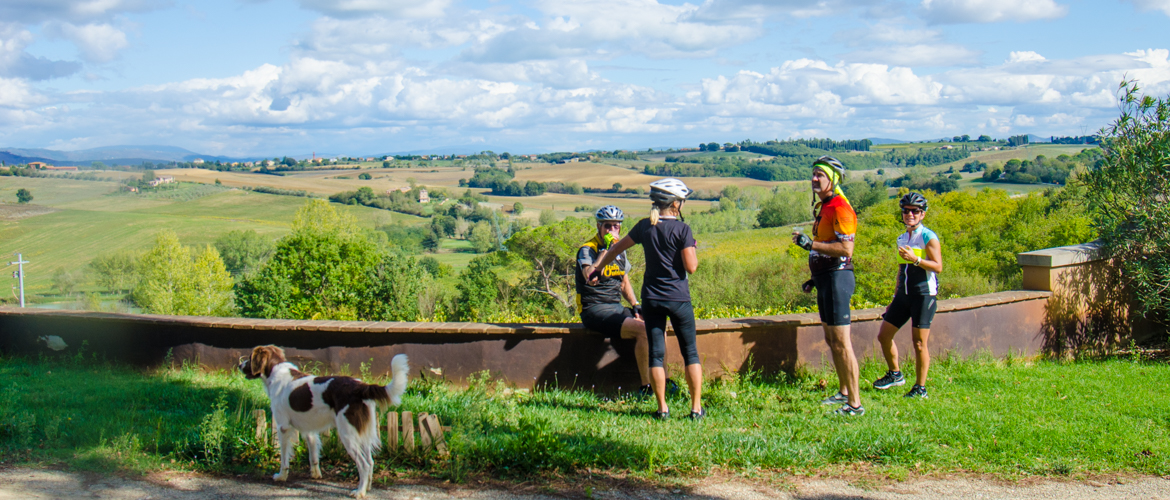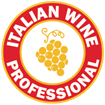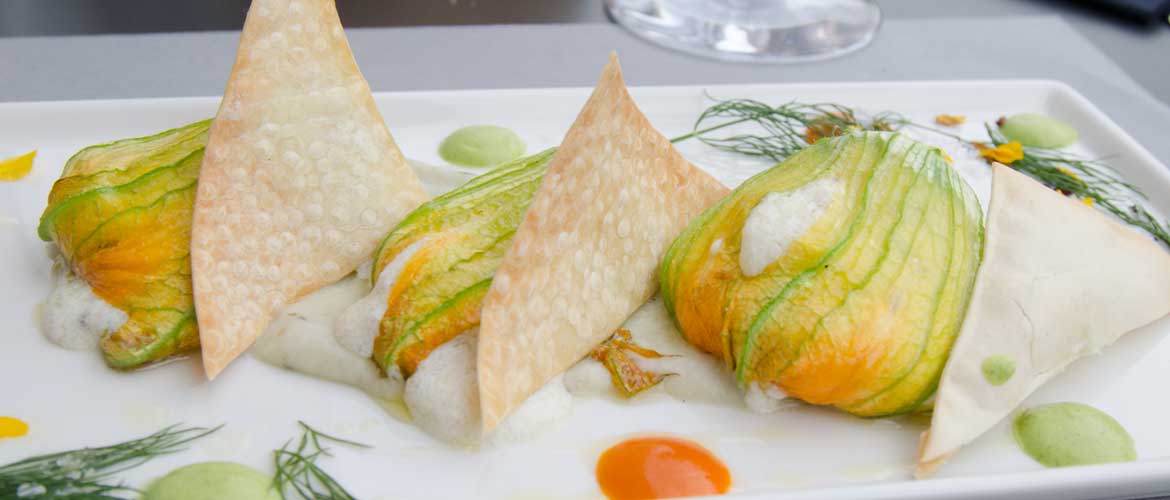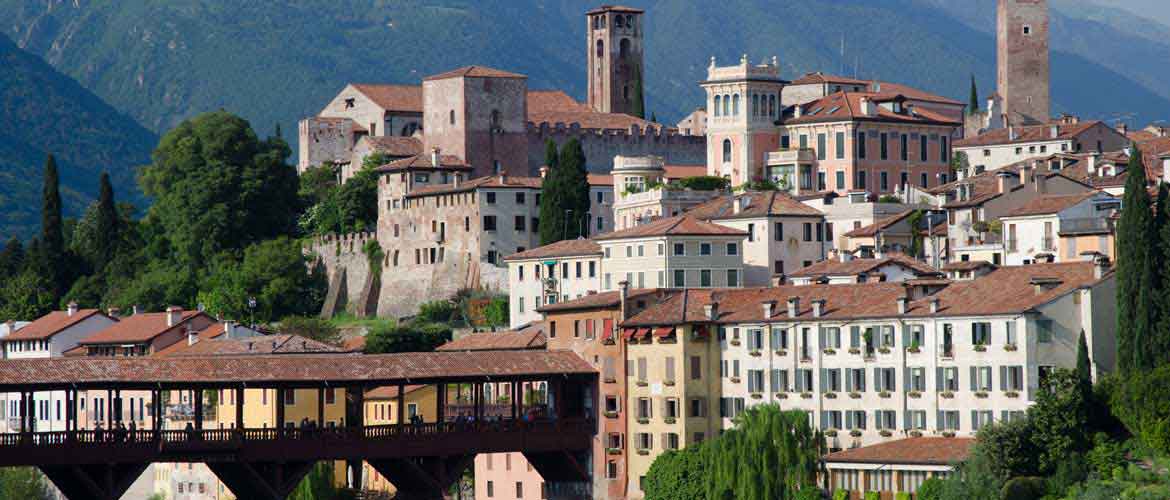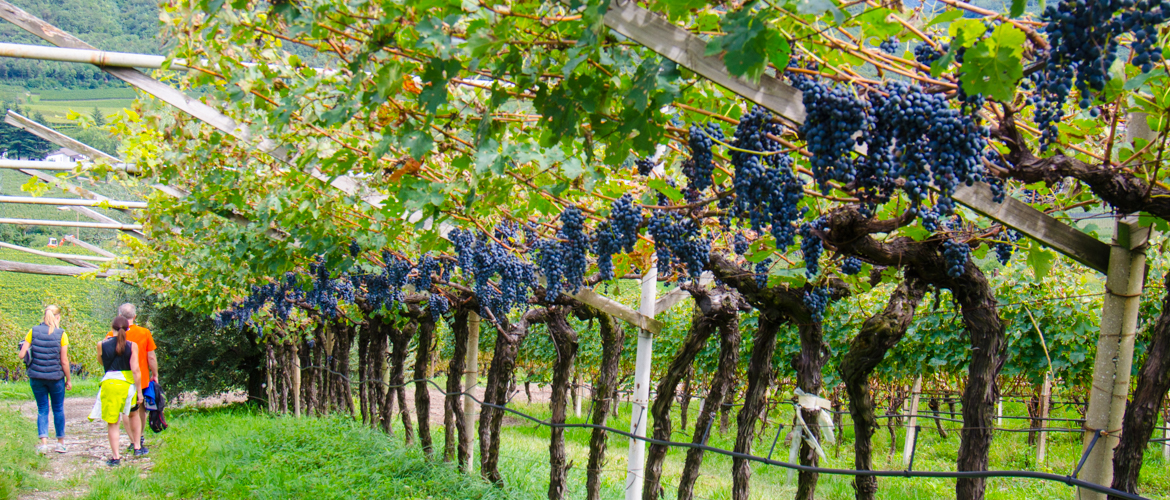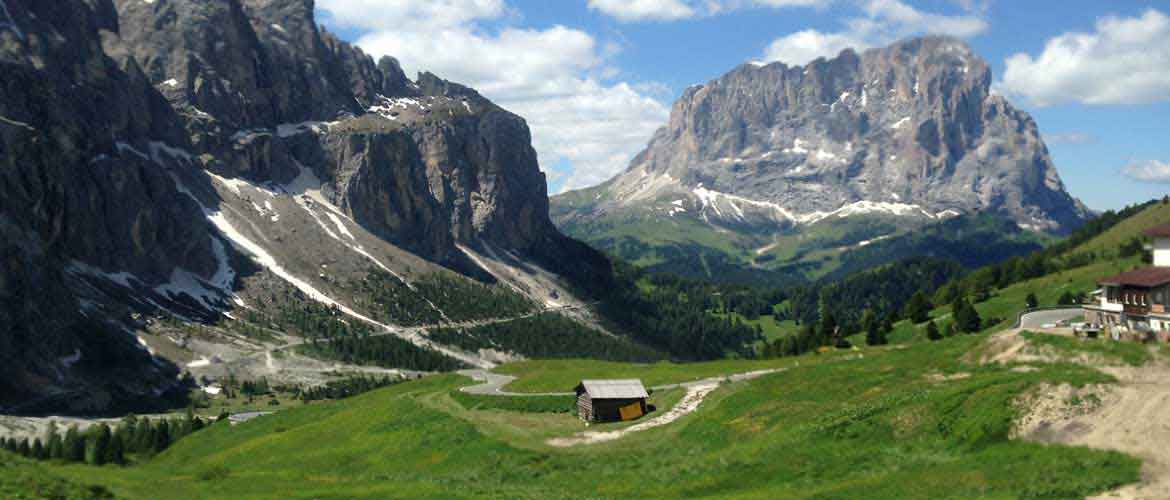The Bolla family first began producing wines back in 1883 in Soave. Abele Bolla was an inn keeper, renowned for the high quality wines he served at his inn, and decided to try his hand making them himself. In subsequent years, Abele’s sons took over, and expanded the family holdings to include vineyards in the Valpolicella and Bardolino zones. Today, the Bolla brand is owned by Gruppo Italiano Vini, and includes vineyards and wines from the Veneto, Friuli-Venezia Giulia, Emilia-Romagna, Lombardia, and Tuscany.
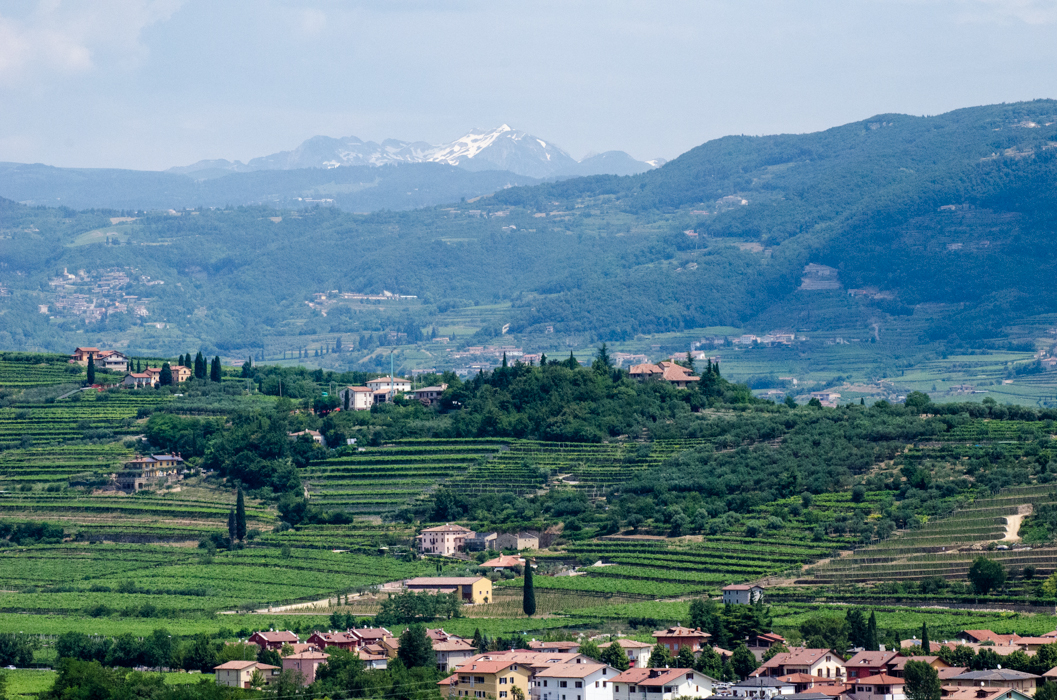
Bolla was the very first producer to introduce Amarone to the United States, with its 1950 vintage. Today, Amarone wines are highly prized, and usually command fairly high prices.
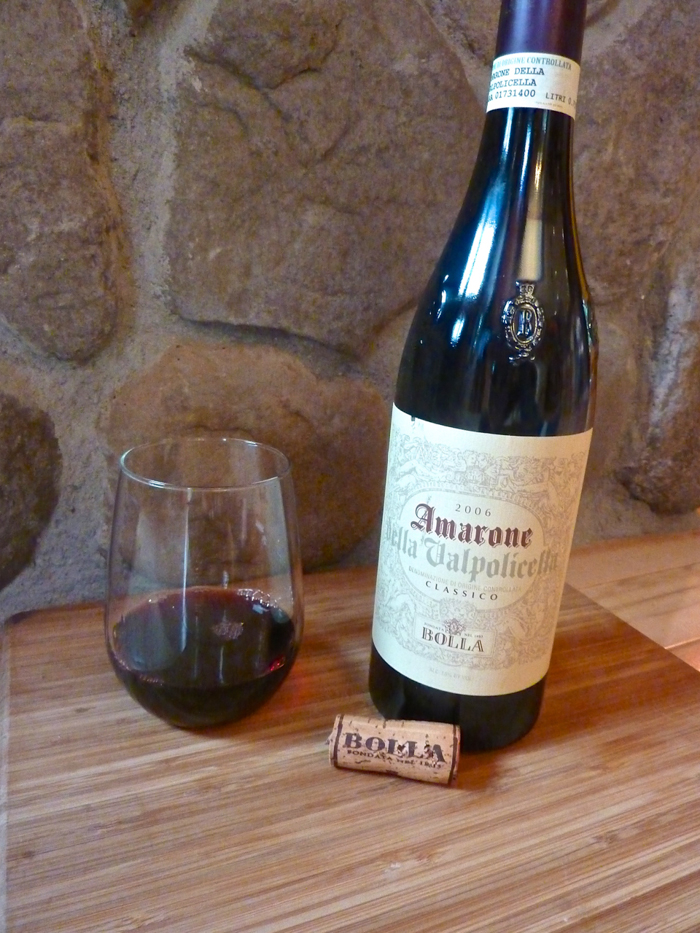
The Bolla Amarone della Valpolicello Classico wine is 70% Corvina, with 30% Rodinella and Molinara. These grapes are grown in the upper hillside zone of the Classico Valpolicella region, in vineyards with the ideal microclimate, sun exposure and soil type for these specific varietals. The grapes are hand-picked to select those with high sugar levels. They are spread on flat straw mats in drawers with good air circulation, where they dry naturally. They are turned and constantly inspected during the drying process. This drying process, referred to as “appassimento” (to dry or shrivel), results in a 40% reduction in juice, and a concentration of the sugars and varietal flavor compounds. A gentle pressing occurs in mid-February and then the grapes undergo a 20-day cold maceration period on the skins and stems. The skins and stems are removed, and the remaining juice is fermented for an additional 25 days, and then aged in oak for 2-3 years.
I tasted the Bolla 2006 Amarone della Valpolicella Classico. It was a deep red garnet color, with a distinct tobacco aroma. It also offered hints of black cherry, spice and chocolate to the nose. The flavors here were dark fruit, tobacco and chocolate, with a long, tannic finish. A full-bodied wine that can easily overwhelm a light dish, but is a wonderful accompaniment to aged cheeses such as Parmigiano-Reggiano or Asiago Stravecchio.
I would pair this with a hearty braised red meat dish, such as my Braised Beef with Amarone (duh ---)




